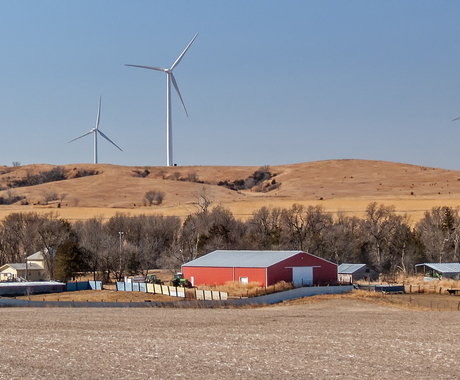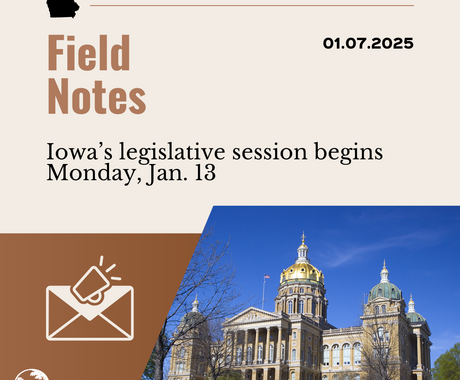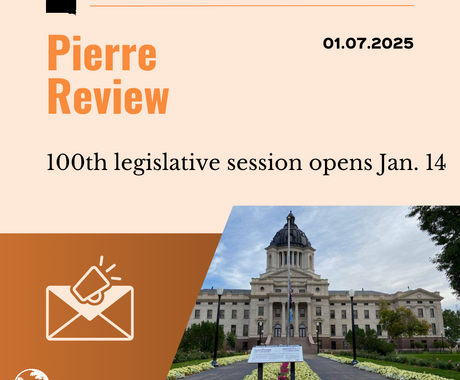By Jon Bailey, Director of the Northeast Nebraska Behavioral Health Network and former Rural Policy Director at the Center for Rural Affairs
In 2009 I co-authored a Center for Rural Affairs’ report detailing the critical, but overlooked, need for mental and behavioral health services in rural areas.
The report tied inadequate rural mental and behavioral health care services to a lack of affordable, meaningful health insurance coverage. It concluded this “problem must be addressed for prosperous rural families, economies and communities.”
Despite adoption of the Affordable Care Act in 2010, rural America still lacks mental and behavioral health services. Rural residents have a higher percentage of all categories of mental illnesses, from a serious mental illness to psychological distress to major depression. Nearly one-in-five rural residents experience some mental illness.
Premature death rates, risky behaviors, and new health challenges
The issue has taken on a new urgency as attention is paid to data showing a dramatic increase in premature death rates for rural white women ages 35 to 54 since 1990. Mortality rates for this population increased most prominently around small cities and in rural areas. In the middle of the country – rural Nebraska, Kansas, and Oklahoma – the increases were the greatest. Meanwhile life expectancy rates are increasing and premature mortality rates are decreasing for the rest of the nation’s population.
Reasons for the mortality increase seem to focus on risky behaviors and mental health issues. While rural white women aged 35 to 54 seem to be susceptible to risky behaviors, rural people as a whole engage in greater rates of risky health behaviors. For example, a larger percentage of rural youth abuse alcohol, and a larger percentage of rural adults use tobacco.
Mental health is integral to overall health and well-being. Mental/behavioral health outcomes can influence the onset, progression, and outcomes of other physical health diseases and conditions. The risky behaviors that may lead to the increase in premature mortality among rural people also eventually lead to physical health issues. For example, people with behavioral/mental health issues smoke two to three times that of the general population. That, of course, leads to a host of physical health issues.
Rural areas are being hit hard by new behavioral health challenges. While urban residents had a slightly higher rate of opioid (generally prescription pain killers) users, rural opioid users are more likely to have greater vulnerabilities. Rural users are younger, have greater rates of fair or poor health, have less educational attainment, lower income, and are more likely uninsured. All of those combined for a nearly eight-fold increase in opioid overdose deaths in rural areas from 1999 to 2014.
In 2014, rural people accounted for over half of the population in 19 states where opioid overdose mortality rates were high. Only six states with a high opioid overdose mortality rate had a state population less than 50% rural. Data also show that rural middle aged women (ages 45 to 54) are dying at the highest rate from prescription opiate overdoses.
Demographic data shows challenges rural America faces
Demographics show the significant behavioral/mental needs of rural areas. The Northeast Nebraska Behavioral Health Network region is 24 very rural counties. Regional data on specific determinants or influences on behavioral/mental health are an example of the challenges faced in rural America.
The Northeast Nebraska Behavioral Health Network is:
- Older than the national and state average. The Institute of Medicine finds that one-in-five of the senior population suffers from some form of a mental health condition.
- Increasingly racially diverse. Racial minorities receive mental health services at a much lower rate the white population. Language also acts as a barrier to receiving usual and necessary medical care.
- Low-income. All of the counties in the region have per capita household income (2013 data) below the state and national averages. About half the counties have higher poverty levels than the state and/or national averages. People living in poverty are at higher risk of mental illness.
- Low educational attainment. All of the counties in the region are below the Nebraska and national rates of those 25 years old and older with a Bachelor’s degree. Research has shown a significant correlation between education and health. Self-reports of behavioral/mental health issues are significantly less likely among those with higher levels of educational attainment.
- High suicide rates. Nine counties in the region have a higher age-adjusted death rate due to suicide than Nebraska or the national rates. And nationally, rural areas have significantly higher suicide rates than urban areas.
- High adult binge drinking and smoking rates. Almost all of the counties in the region have higher rates of adults who smoke than the Nebraska rate. About half the counties have higher adult binge drinking rates than the Nebraska percentage. All of the counties in the region have higher adult binge drinking and smoking rates than the Healthy People 2020 goal.
These data are not unique to rural northeast Nebraska. They are the general rule for rural America. Demand for behavioral/mental health services far outweighs the treatment supply. In the Northeast Nebraska Network area, for example, the 2016 County Health Rankings showed the region, on average, had a ratio of population to mental health providers of 2,315 to 1. This compares to the Nebraska state ratio of 410:1. Nebraska residents overall are nearly six times more likely to have an available mental health provider.
Rural mental/behavioral health: a challenge we can solve
Lack of mental/behavioral health providers is also a general rural healthcare rule. Data show that as counties are more rural (based on the Rural Urban Commuting Codes), mental health providers are less likely to be available. So much so, that for the most rural counties in the nation mental health providers barely exist.
All of these factors contribute to less than optimal mental health. Nationally, the number of reported poor/fair mental health status days per month increase with rurality. In the Northeast Network region, seven counties had a percentage of poor mental health days above the Nebraska statewide average.
Rural areas, of course, are wonderful places to live and raise a family. But a lot of rural people are hurting, both nationally and in northeast Nebraska, from not having access to services to relieve that hurt. Rural mental and behavioral health care services are still tied to a lack of affordable, meaningful health insurance coverage. In Nebraska that equates to a lack of insurance for working people because of the state’s constant refusal to expand its Medicaid program.
The Northeast Nebraska Behavioral Health Network is working on a model to provide enhanced behavioral/mental health services in the region. We hope this can become a model for all of rural America. What we said seven years ago is still the truth – solving this challenge is necessary for prosperous rural families, economies and communities.
Jon Bailey is the Director of the Northeast Nebraska Behavioral Health Network. Jon was the Rural Policy and Rural Research and Analysis Director at the Center for Rural Affairs from 1998 to 2015.





